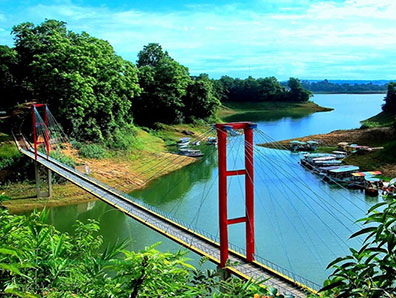South Georgia and the South Sandwich Islands are a British Overseas Territory located in the South Atlantic Ocean. The territory is made up of South Georgia Island and a chain of smaller islands known as the South Sandwich Islands. The total land area is approximately 3,903 square kilometers. There is no permanent population living in the islands, but it has a small British Antarctic Survey research station and occasional visits by tourists and researchers.
The islands were first discovered by the British explorer James Cook in 1775 and were later claimed by the United Kingdom in 1908. The islands were mostly used as a whaling base and later as a British Royal Navy coaling station.
The climate of the islands is cold and windy, with persistent cloud cover and snowfall. The islands are known for their rugged and remote wilderness, with stunning glaciers and towering peaks. The wildlife on the islands is diverse, and it is home to a number of species of seals, penguins, and seabirds.
The South Georgia and the South Sandwich Islands are considered to be of great importance for scientific research and conservation, as it is home to a number of unique and endangered species. The United Kingdom has been working to protect the natural environment of the islands and to promote sustainable development. The Islands also has a small fishing industry and tourism, but the number of visitors is limited due to the harsh weather conditions and the remoteness of the location.


